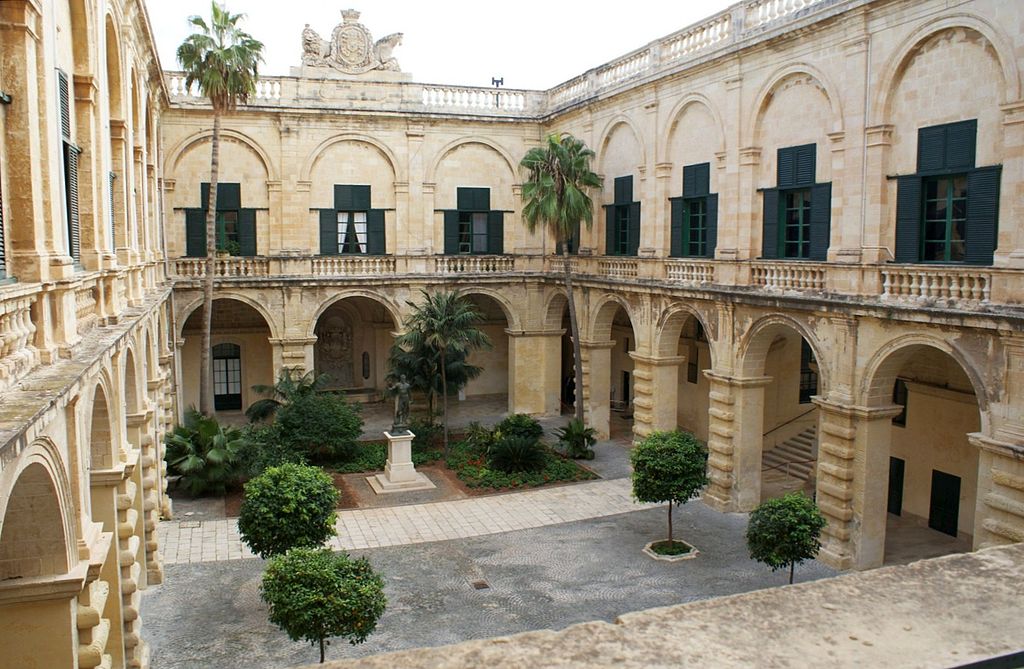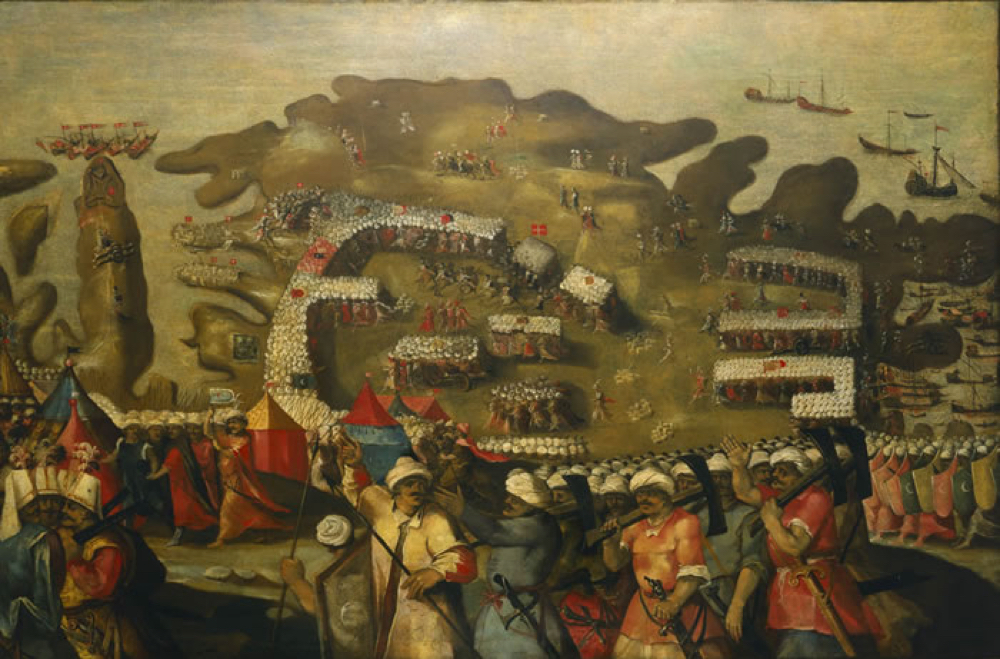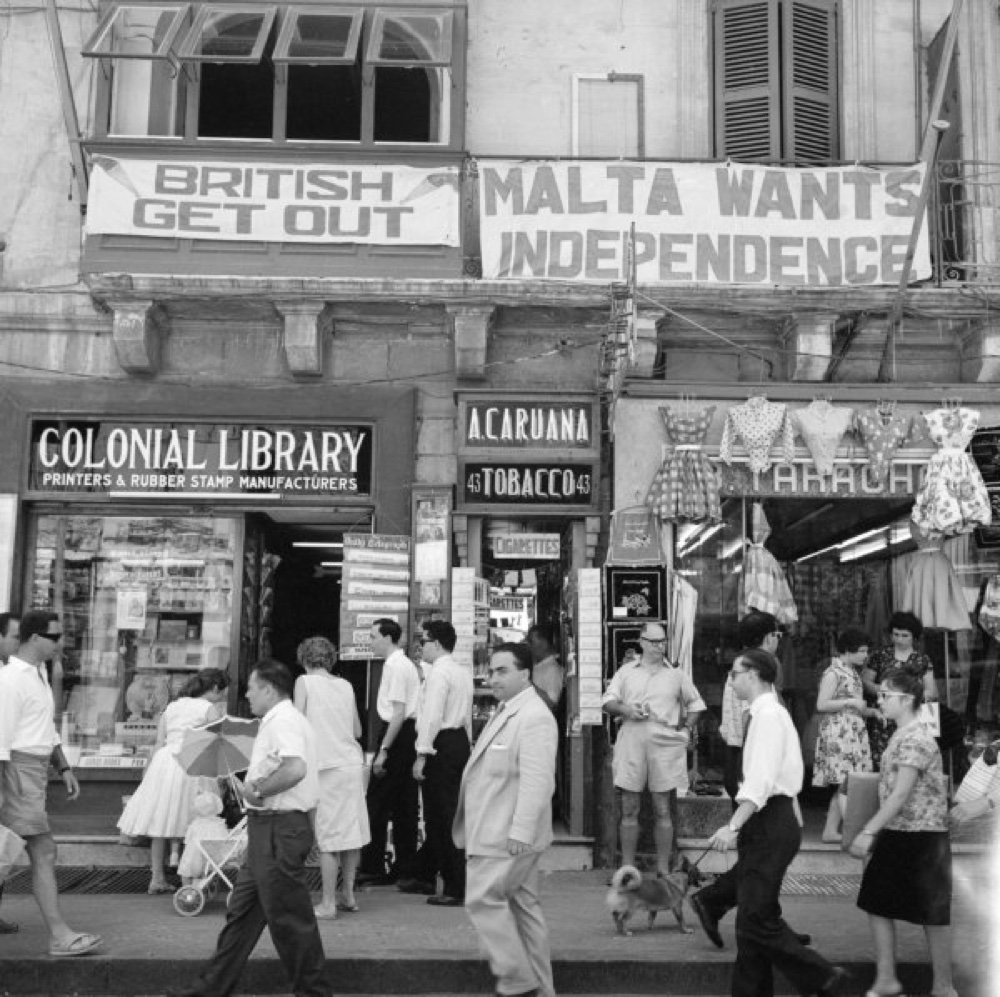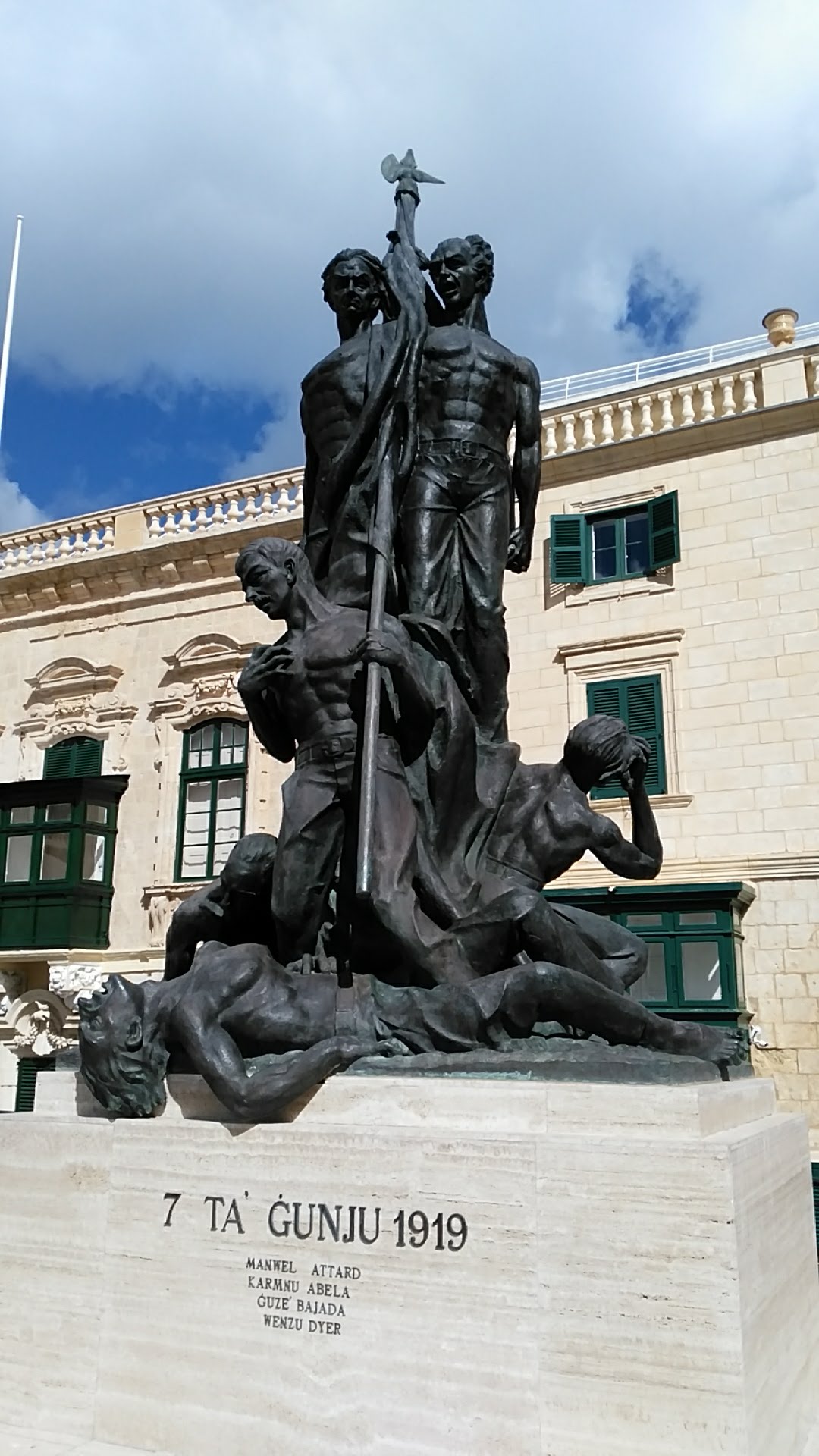Locations and Timeline of Courts in Malta, By Pen Lister. March 29, 2018. Categories: Maltese Democracy Tags: malta
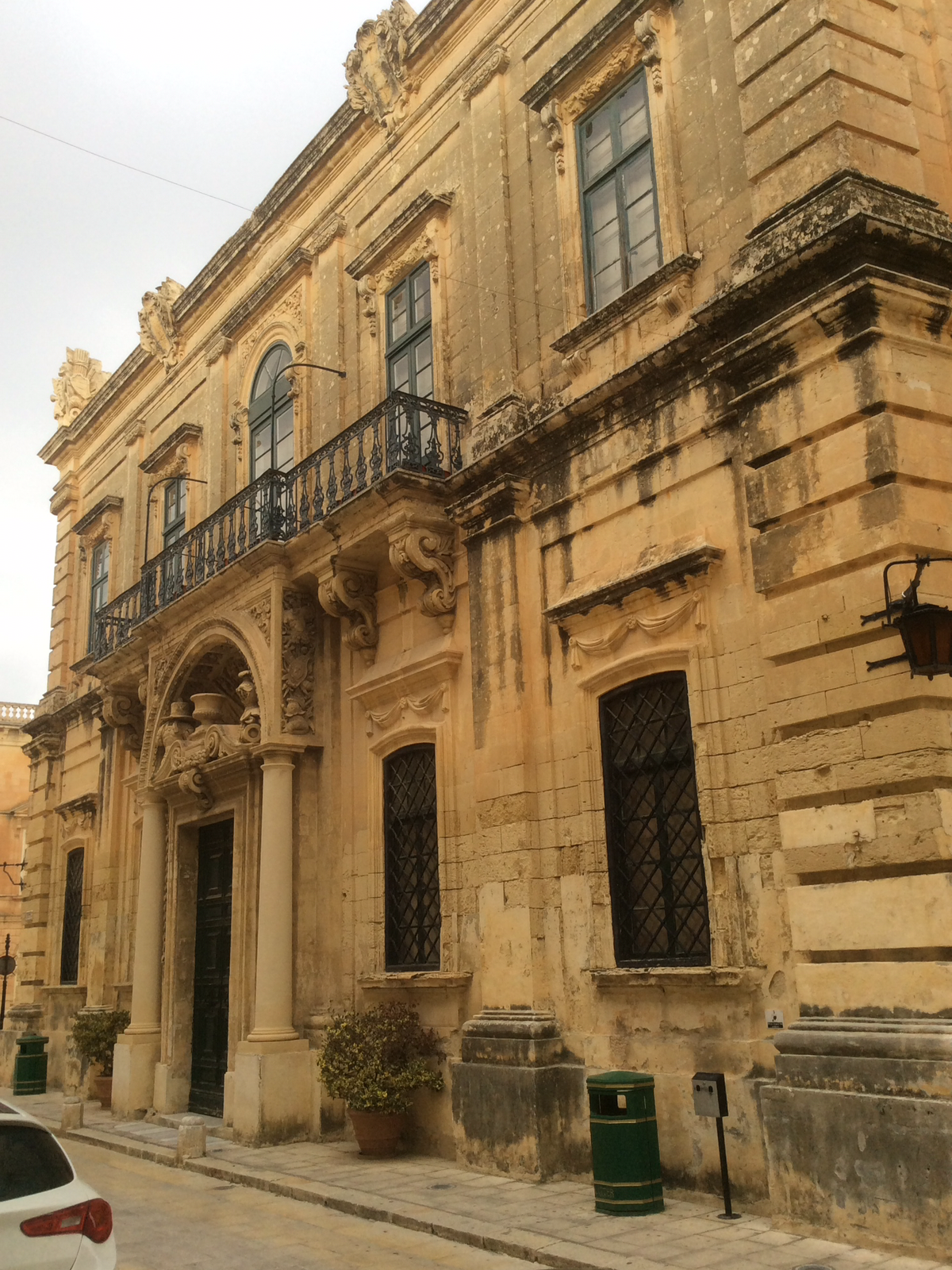
Timeline of Courts in Malta
The Corte Captanale of Mdina (see featured photo) is the oldest Court of Justice in Malta, and consisted of the Criminal Court and the Civil Court. Its jurisdiction extended to all country districts outside the fortified towns of Mdina and later Valletta.
Appeal from the decisions of these Courts lay to the Board of Jurats called Universita’ who received the assistance of a lawyer, but whose advice they were not obliged to follow; and to the Supreme Tribunal of appeal, in Valletta, after the building of the new city.
The Criminal Court consisted of the Capitano di Verga, a Judge (who sat on both Courts), and the Advocate Fiscal.
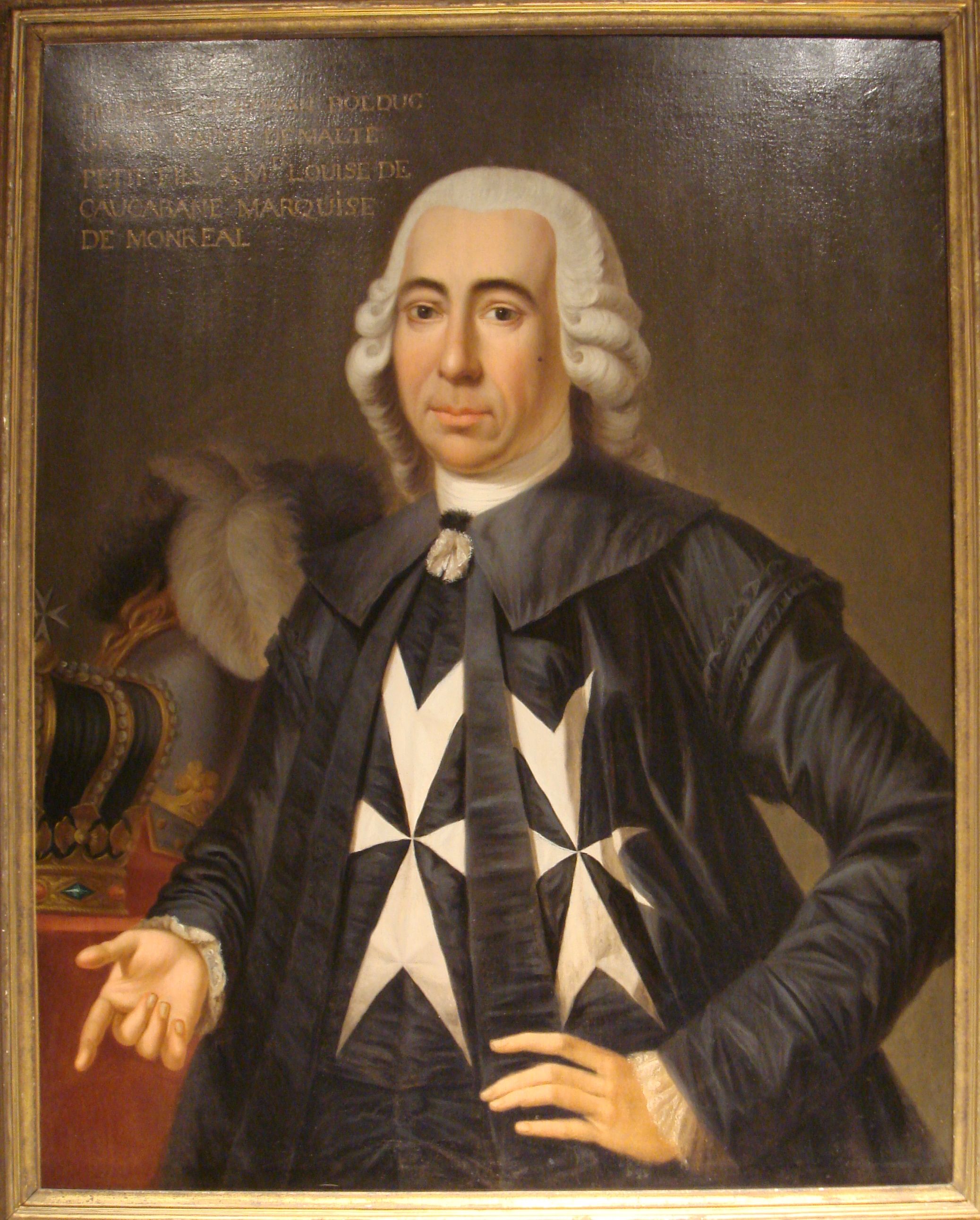
Emmanuel de Rohan-Polduc. Musée de la Légion d’honneur. CC BY-SA 3.0 or GFDL via Wikimedia Commons.
1784: The first codification of the Laws of Malta was made by Grandmaster Emmanuel de Rohan. It sanctioned the publication of the Diritto Municipale di Malta, containing a synthesis of the state of the laws of the island during the rule of the Knights between 1530 and 1798.
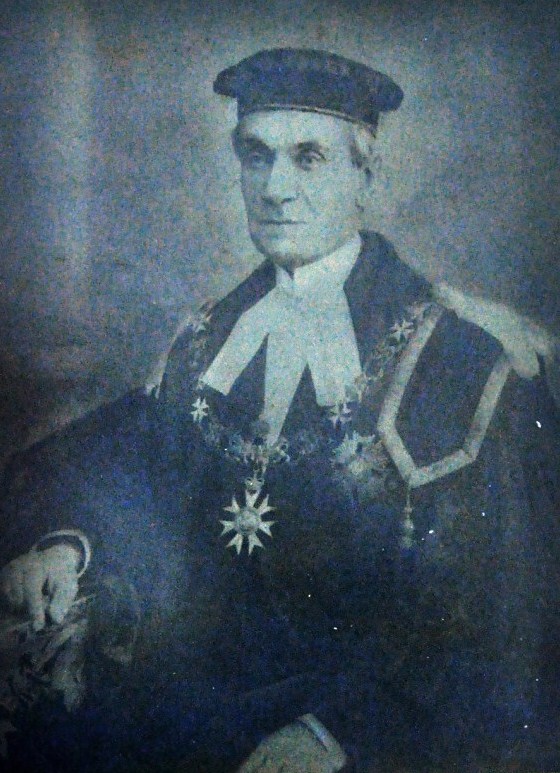
Sir Adriano Dingli. Source: http://judiciarymalta.gov.mt/former-chief-justices.
Additional photo Sir Adrian Dingli https://www.maltagenealogy.com/libro%20d%27Oro/dingli.html
1854: Sir Adrian Dingli (Chief Justice 1880-1895) embarked on the colossal task of codifying the laws of Malta, following the model of the Code Napoleon.
_-_Portrait_of_Sir_Thomas_Maitland_(1760-1824).jpg)
Sir Thomas Maitland. Via Wikimedia, and Thirlestane Castle Trust, used with kind permission.
1814: Governor Sir Thomas Maitland (Governor of Malta 1813-1824) abolished the Corte Capitanale, and concentrated in the Gran Castellania the following tribunals:
- The Grand Criminal Court
- The Grand Civil Court
- The Court of Administration of public Property
- The Commercial Court or Consolato di Mare
- The Supreme Tribunal of Appeal
Maitland’s key reforms:
- The jurisdiction of the Criminal Court of the Gran Castellano (up to now confined to cases occurring in Valletta and the Three Cities – Birgu, Bormla and Senglea) was extended to the entire island, as well as Gozo, which up to that date had its own Court of Law, the Corte Governatoriale.
- The previous Consolato del Mare (set up by the Knights in 1697) was turned into a Commercial Court on the British model. The Corte della Castellania was divided into two halls: one for the Criminal Court and one for the Civil Court.
- All judges were appointed by the Governor and confirmed by the King. They were appointed for life, until retirement or until suspended by the Governor. They had to take an oath of loyalty to the King and could not work privately as lawyers.
- Sentences passes by a judge in an open court were final.
- The Court of Appeal consisted of two halls, one for commercial, the other for civil cases. There was no appeal from the Criminal Court.
- The Governor and two judges constituted the final Supreme Court of Justice dealing with exceptional cases.
- The power of the Governor to reverse judicial decisions, a power practiced by the Grandmasters, was abolished.
- Italian was made the language of the Courts.
- The laws concerning corsairing, torture and slavery of Muslims were abolished, and these practices were declared illegal and punishable by imprisonment or by the death penalty.
By this time the current system has evolved from this.
Further links
- Sir Thomas Maitland, historically considered an autocratic ruler
- An early 19th century account of the island
Sources
Thomas Maitland image source:https://artuk.org/visit/collection/thirlestane-castle-trust-2634 Thomas Maitland copyright notice, (permission granted):https://artuk.org/discover/artworks/lieutenant-general-sir-thomas-maitland-17591824-governor-of-malta-18131824-211089#image-use
The site of the Courts of Justice
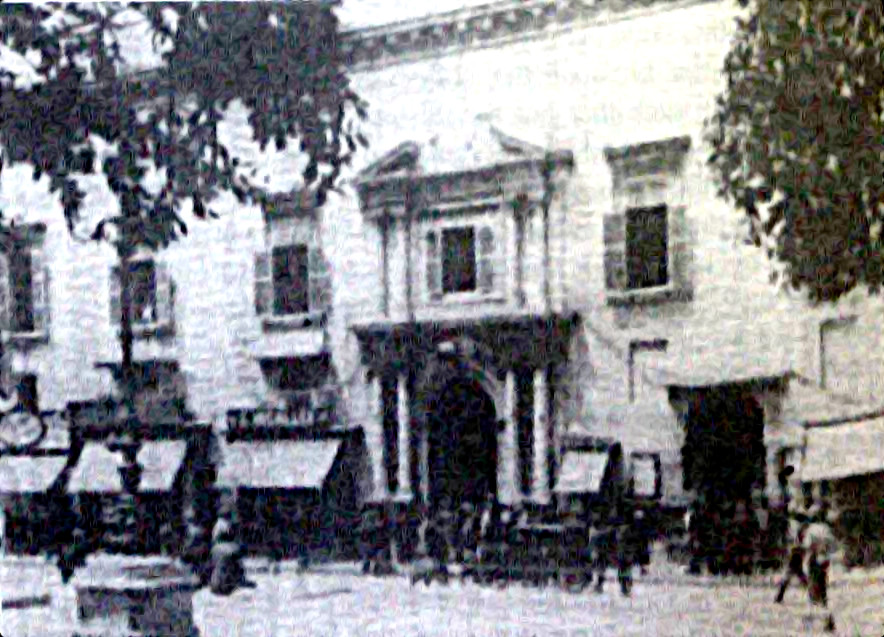
Auberge d’Auvergne (restored). By Unknown pre-1923 (British period photo), via Wikimedia Commons
The court building stands on the site of what was previously the Knights’ Auberge d’Auvergne built in 1570 to the design of Girolamo Cassar.
In 1825 it became the seat of the Tribunale di Pirateria and of the Corte di Fallimento.
In 1840, during the governorship of General Sir Henry Bouverie, the Civil Courts moved into the building.
During World War II the entire complex was destroyed by a German parachute mine, and was rebuilt in the late sixties to the classical design seen today.
The building was inaugurated on the 9 January 1971 by the then Prime Minister Dr George Borg Olivier, in the presence of the Governor Sir Maurice Dorman, the Archbishop Sir Michael Gonzi, Judges and Magistrates, ministers and other distinguished guests.
The present building comprises seven floors, three of which are below the level of Republic Street. These three levels house the Civil Courts Registry, the Court Archives, the police lock-up and a car park. Up till a few years ago, the Valletta Police Station was also housed in one of these three under-street-level floors.
